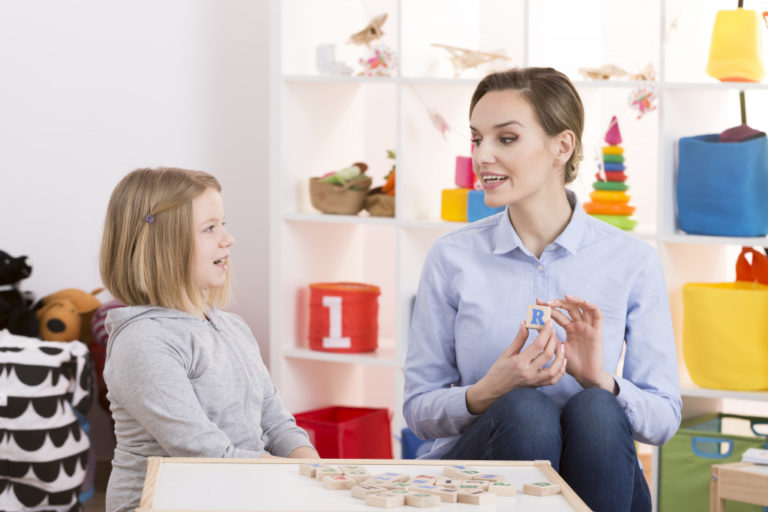With the second wave of COVID-19 currently in full swing, and perhaps even a third one on the way, households, especially those with children, are finding it more and more difficult to cope with the constant stresses of isolation. Even though full lockdowns are hopefully a thing of the past, it is still very difficult for parents not only to focus on their own jobs and chores but also to deal with naughty, hyper-energetic kids with very little room to release the dangerously high levels of pent-up excitement a child will naturally have in a confined environment. In fact, as studies show, the pandemic has increased depression levels in children who are unable to go out and spend time taking part in meaningful activities with their classmates and friends.
The question, therefore, lies in finding ways for kids of all ages to “dump” this excess adrenaline while staying in a small, often overcrowded space with little to do. Some answers to these and other issues could be found in online courses, home-exercise programs, and family or relative activities. They are not only fun but also educational, creative, and a good way for parents to build long-lasting, worthwhile memories with their children.
One Size Doesn’t Fit All
Invariably, online courses are nothing new, especially at this time in our lives. But as is generally true with all types of education, be it kindergarten, primary school, vocational programs, degrees, etc., they continue to evolve. Schools currently offering online courses have not only had to gain valuable experience in a short time, but they have also been forced to innovate, expand, and constantly adapt.
As a result, the level of infrastructure and technology in online education has also improved. It is no longer enough to provide simple, primitive audiovisuals to young learners. A picture or video of a lion will not create amazement in any child, especially one born at the dawn of a new millennium. A high definition 3-D rendering, however, or a collaborative, participatory experience with other kids might.
Currently, presentation and videoconferencing systems such as Zoom and Google Meet offer innumerable features that aid dramatically in the learning experience. These include breakout rooms for kids to communicate with each other under external teacher supervision, in-class annotation tools, modified roles, and a multitude of screen-sharing options. Because of this, parents now have many more available options at much more affordable prices. The key lies in doing a little research and finding the right type of online course for your child. It should be one that will both motivate them and brighten up their at-home, isolated experience.
Who Needs a Gym?

Another way for your children to release excessive energy is to simply sweat it out. As obvious as this might sound, it is sometimes not that easy to do. At some point, a child will cease to find any excitement in merely running in circles around the house. To counteract this, parents must find new and exciting ways to incorporate physical activity into a child’s daily routine. One choice parents can make is participating with their kids in at home, on-demand exercise programs. Most of them come in beginner, intermediary, and advanced levels, have free trial periods, are child-friendly, and require no investment whatsoever in exercise equipment.
If you are really adamant about not doing an exercise video, there are plenty of other options to choose from. As with online courses, the crucial factor to consider is the importance of regular exercise in a child’s life, both physically and psychologically, particularly when they are stuck at home with nothing to do.
Building Family Ties
My six-year-old nephew recently had a Zoom birthday party with several of his friends and relatives. Believe it or not, it was probably the best birthday celebration of his life, one I wish I would have had as a child. My sister decided to make use of her 55-inch Smart TV as a video-guest platform. What this means is that the screen was divided into dozens of little screens, each one of them with a different guest doing a different thing. We played games, ate—some more than others, as it was based on what we had in our own houses—gave speeches, laughed, and basically had a wonderful time “interacting” with each other. This is just an example of what can be done to add fun to isolation, there are many others.
As most of us will attest to, cabin fever is indeed real, especially when having children. But this doesn’t mean that it should be an overwhelming, dreadful experience. By enrolling your kids in interesting online courses, providing them with the space to engage in physical activity, and incorporating family activities whenever possible, it can transform into a wonderful opportunity for new experiences that are enjoyable, healthy, and even academic.

